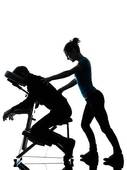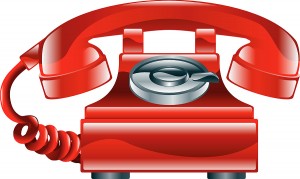Goals and Perceptions
Massage therapists need enough information from our clients to understand where we are heading in a massage session. Working at spas, therapists get used to brief intakes and a question or two before starting a massage. In my practice, I get to take the time to do a longer intake and get more detail. […]




